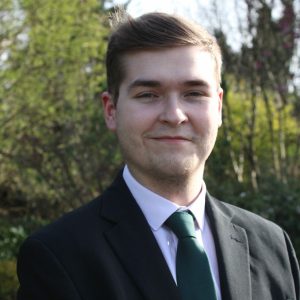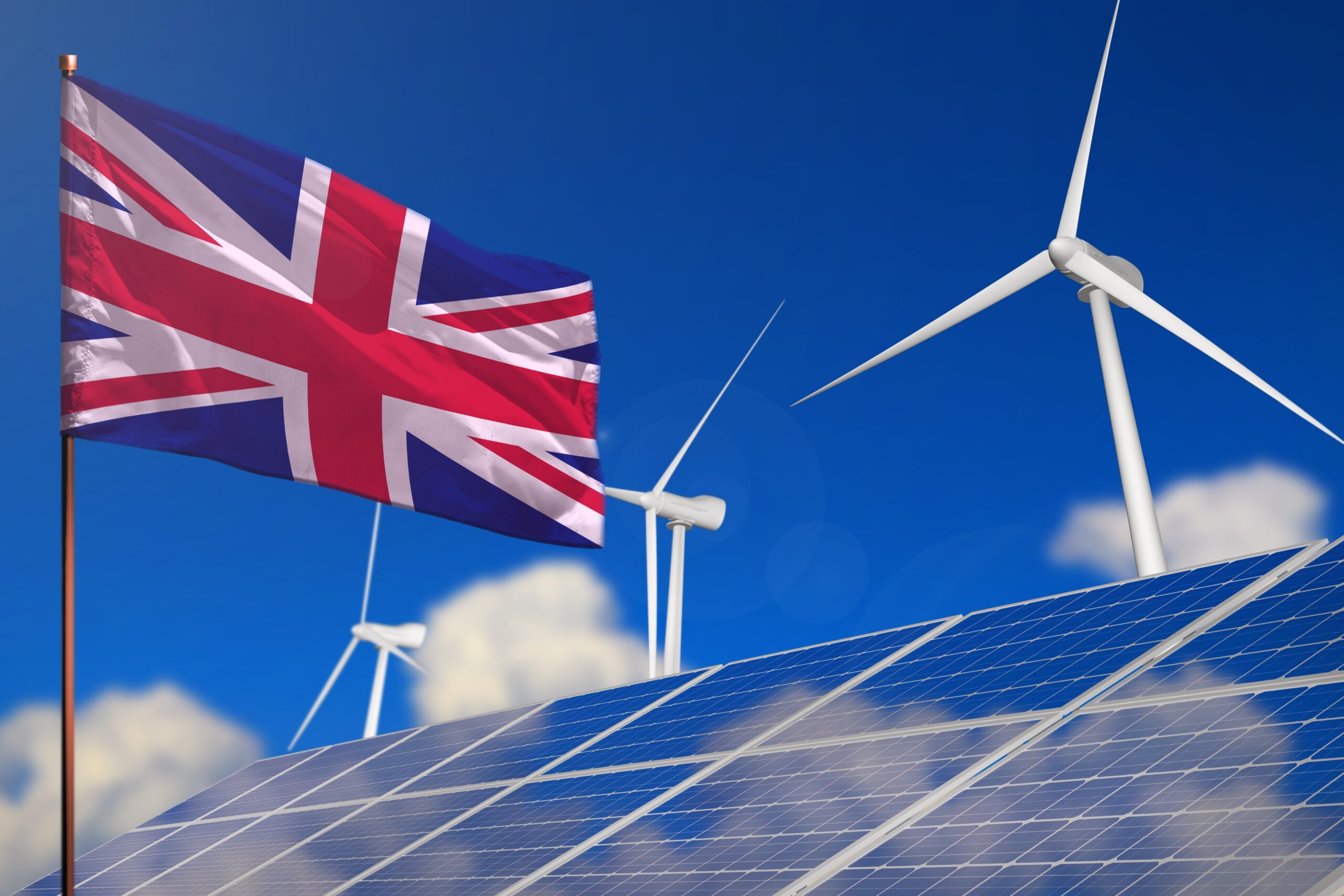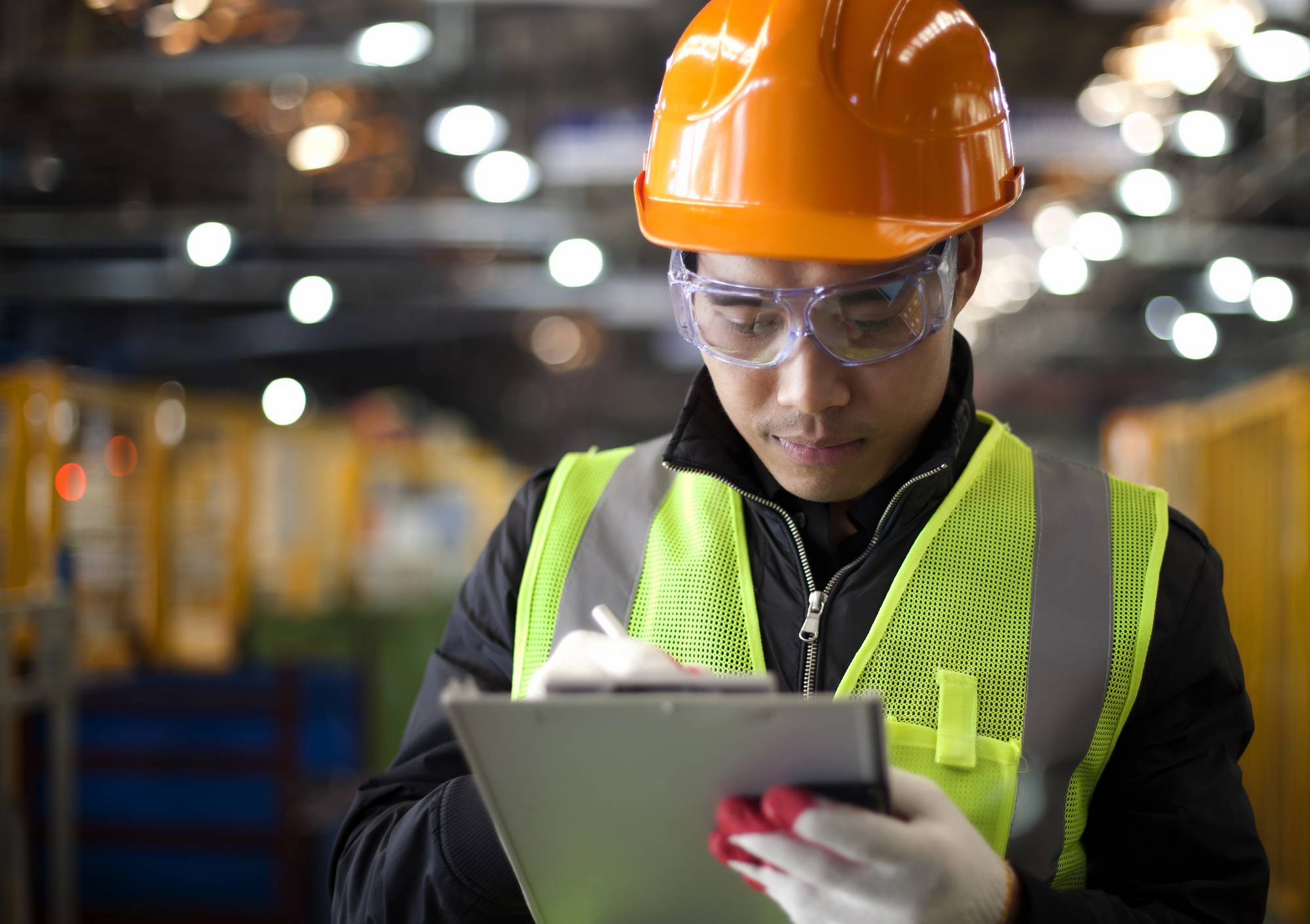
Integrating modern technology into historically sensitive locations is a nuanced challenge, particularly with the visible presence and essential nature of solar panels. Many times, property owners at historic sites inquire, “Can you have solar panels in a conservation area?” This topic begs a larger issue: can these installations live with these places’ architectural sanctity?
This blog investigates if solar panel installation in a conservation area can be done without taking away from its historic beauty, therefore preserving both sustainability and aesthetics.
Understanding the Challenges
You run into a special set of aesthetic and legal challenges when you consider installing solar panels in a protected area. Because conservation zones are so prized for their historical importance and aesthetic appeal, every alteration—including the installation of solar panels—must be closely examined. The main question is if these contemporary accessories will clash with the famous views or architectural features that characterise these ancient locations.
For homeowners wondering, “Can you have solar panels in a conservation area?” there are legal and community standards in addition to personal taste. Changes to structures and their exteriors are subject to particular regulations in each conservation area. These regulations aim to preserve the neighbourhood’s character and aesthetics, ensuring that any new installations harmonise with the existing environment. For anybody thinking about solar panels as a renewable energy source in these protected areas, knowing these issues is essential.
Navigating Regulations
So, can you have solar panels in a conservation area? Well, the answer often lies in the complexities of local planning laws. In a conservation area, property owners need to get permission from the local planning department before installing solar panels. This procedure ensures that the historical character of the region is not compromised. It’s crucial to prepare for an extensive evaluation that will evaluate the installation’s historical integrity and visual impact in great detail.
Application success for solar panel installation in a conservation area may rely on particular elements, such as panel placement and visibility from public vantage points. Local authorities may offer prospective applicants a blueprint by providing rules or precedents on how solar systems have been managed previously. Getting advice from conservation officers can also help shape applications that satisfy strict criteria while still achieving energy sustainability objectives.
Inmixing with Style: Design and Technology
However, arguably the most important question to ask is “can you have solar panels in a conservation area without sacrificing its beauty?” Yes, thanks to improvements in solar technology that provide more covert and aesthetically pleasing choices. Solar tiles are a recent technology which resembles traditional roofing materials. They look great in conservation zones and can mix in perfectly with an old building’s aesthetic. These tiles are made to provide the required energy efficiency while maintaining their architectural appearance.

Transparent solar panels are another ground-breaking invention that fits well with window designs without changing the overall look of the structure. These panels preserve the property’s visibility and style by letting light through and producing electricity.
These technical developments are key. They let homeowners of properties in conservation areas embrace renewable energy options while still honouring and protecting their architectural and historical qualities.
Integration Tips
Harmonious visuals need careful implementation. Here are some pointers to make sure solar panels blend in rather than stand out against their historic surroundings:
Colour Matching
Select solar panels and mounting methods that complement the colour of your roof now. This can reduce visual disturbance and facilitate the panels’ more seamless integration into the architectural style of the structure.
Low-Profile Installation
Maintaining the building’s original lines and silhouette requires solar panels to be installed as flush as possible with the roofing surface. This keeps the home looking historically correct and reduces the visual effect from street level.
Strategic Positioning
When thinking about whether solar panels are allowed in a conservation area, location is everything. Put panels on roof sections where the building’s look will not be greatly impacted or where they are less visible to the public.
Scale and Layout
The solar panels should be carefully planned in terms of size and arrangement to avoid dominating the top of the structure. Perhaps more flexible than bigger panels are smaller, more numerous panels.
Engaging Professionals
Work with designers and architects who are experts in both contemporary energy solutions and historic preservation. Finding the ideal mix between preserving historical authenticity and maximising energy efficiency can be made much easier with their experience.
Respecting these rules can help allay worries about installing solar panels in a conservation area and guarantee that environmental and aesthetic factors are taken into account.
Community Engagement and Feedback
Engaging the community is important before implementing any plans to install solar panels in a protected area. To get opinions and allay any worries, you should talk about the project with nearby people, conservation organisations, and other interested parties. A project’s approval procedure can be streamlined and its acceptance increased with effective community participation.
Think of planning seminars or presentations that go over the advantages of solar energy, the particular technology you intend to use, and how they will blend in with the local style. Demonstrating how these projects may be done politely and intelligently should alleviate worries about possible disturbances to the local character.
Furthermore, public channels of communication facilitate the sharing of ideas where members of the community might offer substitutes or enhancements. This cooperative strategy improves community support for the project generally and helps refine it to better meet local expectations.
In conclusion, it is possible to maintain the traditional aesthetic of conservation areas with solar panels, even if this presents special difficulties. Included solar panels can be a wise decision if done correctly—using cutting-edge, visually pleasing technology, following local laws, and interacting with the community. Property owners can support sustainable energy goals without sacrificing the essence of conservation zones by carefully weighing the advantages for the environment and the preservation of historical integrity.







